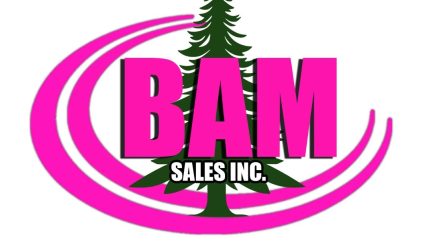Spring is in full swing in North Georgia, and the trees are finally out of dormancy and back into their growing cycle, brightening landscapes with branches flush with leaves and blooms. While trees are pretty resilient, like any plant, they need occasional care to help them stay healthy and happy, and spring is the perfect time—and the best time—to give them a little attention. So give your trees some love with our Essential Spring Tree Care Checklist.
Essential Spring Tree Care Checklist:
- Inspect your trees
- Prune dead and diseased branches
- Control Pests with insecticide
- Apply slow-release fertilizer
- Mulch around the tree
Inspect
Every homeowner should inspect their trees seasonally, especially in the spring. Determining which branches are dead or diseased can be difficult in the winter during dormancy, but once the growing season starts, problem areas become much more apparent. Discovering which trees need attention early on in the growing season can make the difference in stopping problems before they spread. Be on the look out for dead branches, pests, fungi, and discolored leaves.
Prune
While it’s true that pruning is typically recommended in the winter time, you can still prune in the spring provided you trim no more than ten percent of the canopy. Hold off on pruning your oak, sycamore, and elm trees though as they are more vulnerable to disease and infestation. When pruning, trim dead or damaged limbs first as these are at a greater risk for breaking, and be sure you’re using the right techniques. It’s also a good time to clear out any leaves, fallen branches, and debris around the base of your tree.
Control Pests
Now is a fine time to get those emerging pests under control before they multiply. Spray your trees with a strong blast from the hose to get rid of aphids and their larvae, or make your yard more attractive to their natural predators like ladybugs and lacewings. To control scale insects, spray your trees with neem oil or insecticide every few weeks as needed.
Fertilize
Fertilization replaces lacking minerals in the soil and provided essential nutrients for your trees. Without these proper nutrients, your trees are at a disadvantage resulting in a higher risk of disease and shortened lifespans. Spring is a critical time for fertilization, with the best time for application just before the initial growth burst. Use a slow-release fertilizer for best results.
Mulch
Applying mulch around your tree is a great way retain moisture, insulate the roots from extreme temperatures, suppress weeds, and replenish the soil. Woodchips, shredded bark, straw, and pine needles are all excellent options while also providing a natural way to recycle yard waste. Don’t apply mulch directly against the trunk of your tree or you risk causing bark rot. Instead, give the trunk a few inches of breathing room and apply the mulch deeper as you go farther out, around three to four inches maximum. Careful, going too deep can cause shallow roots to develop making your tree more likely to topple in strong winds.
Need Help? Call 770-BAM-Tree
Have a tree problem bigger than you can handle? Contact us online or give us a call at 770-226-8733. Our experts are available to inspect and prune your trees today!
